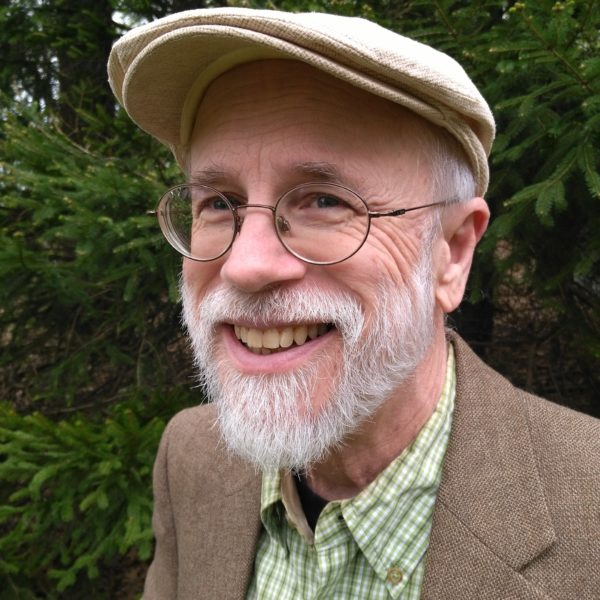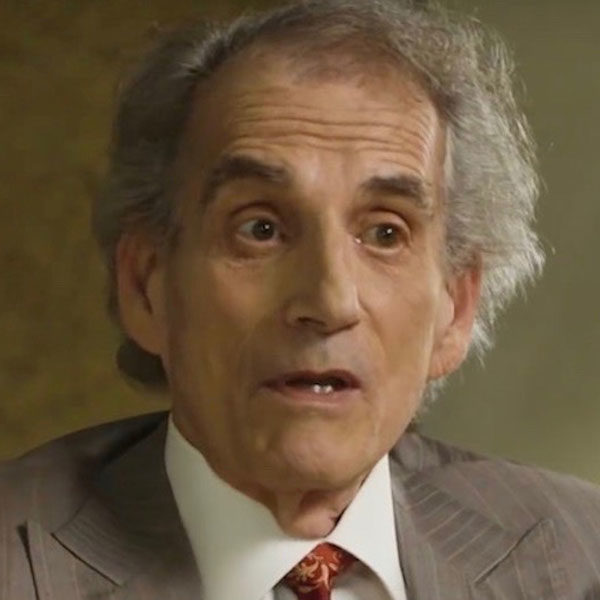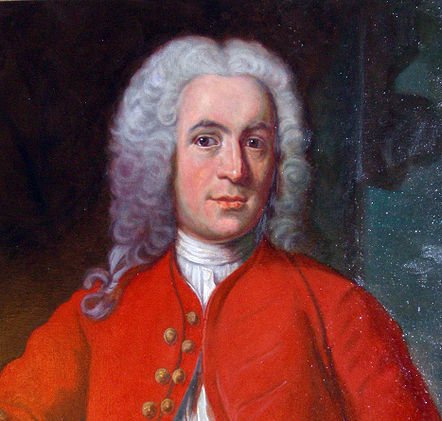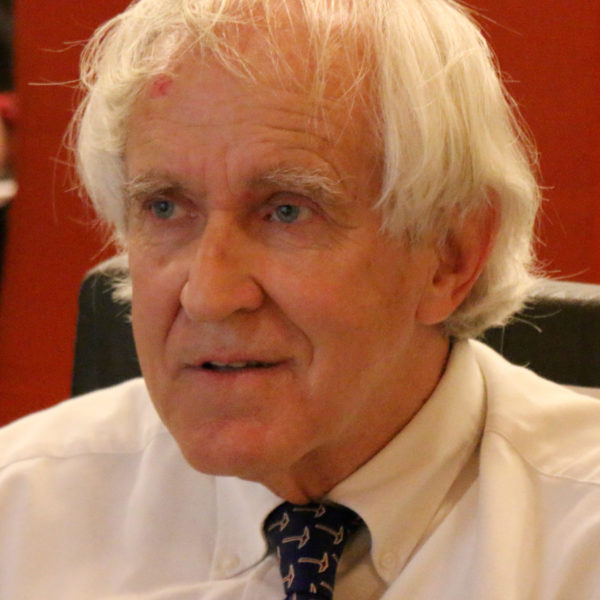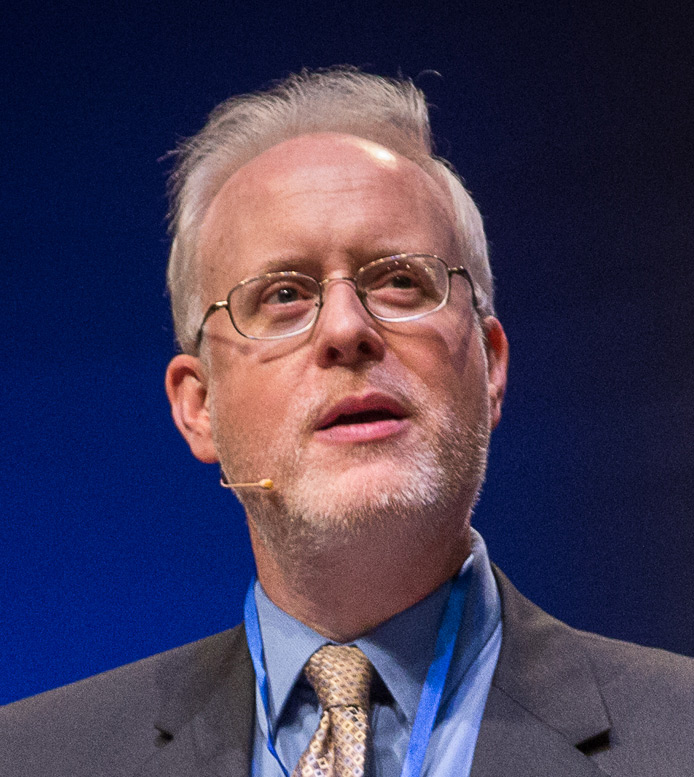Here’s an experienced scientist who thinks YOU should have the power to settle the question of design in nature, not the scientific experts. Why? Because the majority of scientific authorities are committed scientific materialists, a view that hinders unbiased scientific inquiry by forbidding explanations outside the material realm. On a new episode of ID the Future, I conclude my conversation with bio-scientist Dr. Michael Kent. In Part 2, Dr. Kent continues to discuss the scientific discoveries of the last century that have changed the debate over design in nature and made materialism an increasingly irrational view of the history of life and the universe.
Dr. Kent argues that the evidence for design mounts up in the form of “informational discontinuities” — objects containing information far beyond the capability of unintelligent natural processes like chance and natural law. In our experience, this type of specified information always comes from a mind, whether it’s hieroglyphics or the origin of a car. In this segment, Kent touches on two more examples of biological complexity that demand a powerful explanation.
Two More Examples
The Problem of Protein Rarity: The sequence space for functional proteins is inconceivably vast. Dr. Kent highlights studies showing that the fraction of functional protein sequences is vanishingly rare, sometimes less than one in 10 to the 100th power. Even a single functional enzyme is far beyond the reach of chance, let alone the many required for life. Research into the minimal bacterial genome found that the simplest known free-living organism requires nearly 500 genes to survive. This complexity confirms that the discontinuity between non-life and a living cell is indeed, in the words of biochemist Michael Denton, a “giant chasm”.
Irreducible Complexity and Cellular Software: Life is governed by irreducibly complex molecular machines, where many parts are essential for function. Living systems also display hierarchical coherence, meaning systems work together at multiple levels — a hallmark of engineered systems. Furthermore, complex “software” logic, such as conditional “if-then” rules, is built into molecular interactions, regulating systems to ensure efficiency. Dr. Kent argues that these levels of complexity and design are far beyond the reach of blind, unguided evolutionary processes.
Download the podcast or listen to it here. This is Part 2 of a two-part conversation. Listen to Part 1 or watch it below!
Dig Deeper
- Want to dive into these discoveries in more detail? Watch Dr. Kent’s video series on YouTube!
- Watch Part 1 of this interview below:


